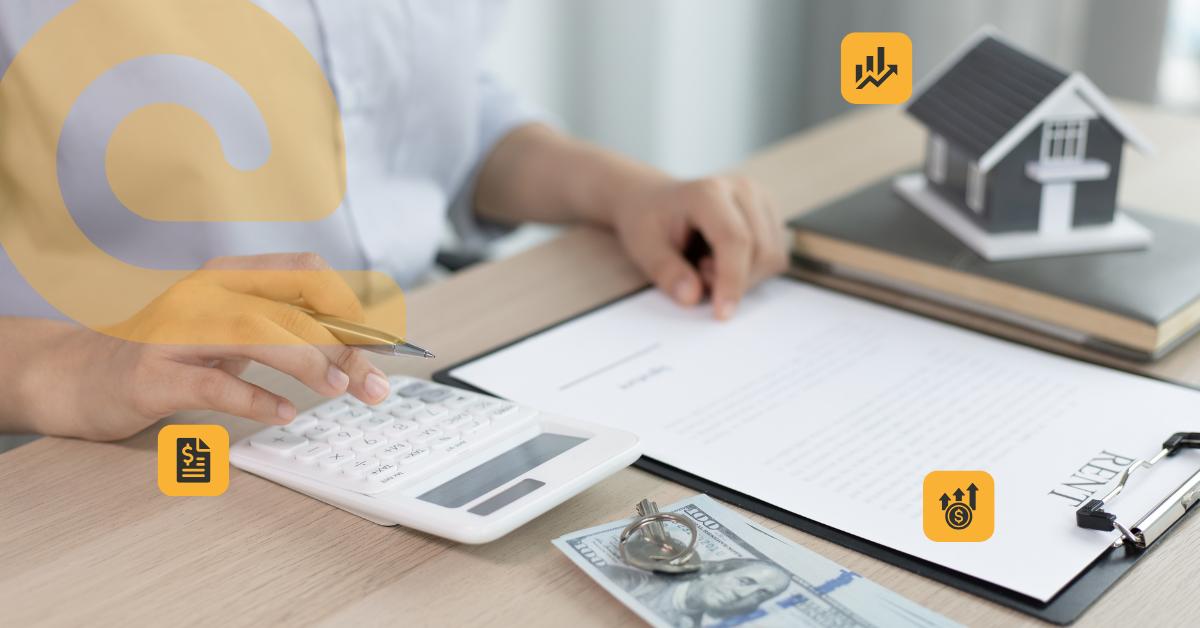Why Offering Pricing Options Helped One Accountant Earn 89% More
Many accountants and bookkeepers struggle to align their fees with the true value of their services. Undercharging is a widespread issue in the industry, driven by a fear of client pushback and a lack of confidence in pricing strategies. This often leads to long hours and low profitability—burnout without the reward!
But what if you could break free from that cycle?
Debbie Moulton, founder of A Step Up Strategy and a student in our Value Pricing Academy, recently shared a story that perfectly illustrates the power of giving clients options and clearly communicating value.
By introducing a simple 3-package pricing model, Debbie not only doubled her revenue for a key client but also gained confidence in her ability to price for value.
Here’s her story.
The Challenge: “She’s Getting Full Package Services for Essentials Pricing”
Debbie had been working with a growth-oriented client who was eager to scale her business. Over time, this client was receiving many of the services included in Debbie’s Full Package but was only paying Essentials Package pricing. Sound familiar?
Debbie wanted to ensure her pricing reflected the value of her services while still supporting her client’s ambitious goals. But how could she approach the conversation without risking the relationship?
The Solution: A 3-Package Pricing Model
Debbie implemented a structured 3-package model to give her client clear choices based on their needs and budget.
During a short Zoom meeting, she outlined the client’s goals for the upcoming year and presented three options:
✅
Essentials Package: Maintained current pricing, offering core services.
✅
Full Package: Included additional services and support, priced
89% higher.
✅
Premium Package: Advanced offerings with the most comprehensive support, priced
250% higher.
By framing her services in terms of value and outcomes, Debbie shifted the conversation from “what am I paying for?” to “what’s the best option to achieve my goals?”
The Outcome: The Client Chose the Full Package!
To Debbie’s surprise, the client didn’t hesitate to choose the Full Package at 89% higher pricing. In fact, the client admitted, “I always thought your prices were too cheap!”
This decision not only reflected the client’s confidence in Debbie’s expertise but also demonstrated how much they valued her role in achieving their business goals.
“I’ll spend a bit more time on the account,” Debbie noted, “but I feel so much better knowing I’m being paid appropriately for the value I deliver.”
Why Giving Clients Options Works
Debbie’s success story highlights three key lessons for accountants and bookkeepers looking to move away from hourly billing:
1. Options Build Trust and Empower Clients
When clients are presented with clear choices, they feel more in control of the decision. A structured pricing model also builds trust by showcasing professionalism and transparency.
2. Value-Based Pricing Shifts Perception
By aligning pricing with the outcomes her client wanted to achieve, Debbie reframed her services as an investment rather than a cost.
3. Confidence Unlocks Revenue Opportunities
For many accountants, the fear of losing clients holds them back from raising prices. Debbie’s story proves that clients are often willing to pay more when they clearly see the value being delivered.
How You Can Apply This to Your Practice
Debbie’s story is a reminder that your clients likely value your expertise more than you realise. By adopting a structured pricing model and offering tiered packages, you can:
- Present your services as a solution to client goals.
- Build confidence in your pricing strategy.
- Unlock higher revenue potential without working longer hours.
Tools like Effective Pricing make it simple to create professional, customised proposals and communicate value effectively.
With features like a dynamic proposal builder, tiered pricing tables, and integrations with software like QBO and Xero, you can confidently transition to value pricing and grow your business.
Are You Charging What You’re Really Worth?
Debbie’s story is just one example of what’s possible when you embrace value-based pricing and give your clients options.
Whether you’re looking to increase revenue, work fewer hours, or attract better clients, a structured approach to pricing is the key to success.
Want to learn more about how Effective Pricing can help?
Schedule a demo or explore our features today to see how you can transform your practice—just like Debbie did.
Debbie Moulton, A Step Up Strategy
15 October 2020





